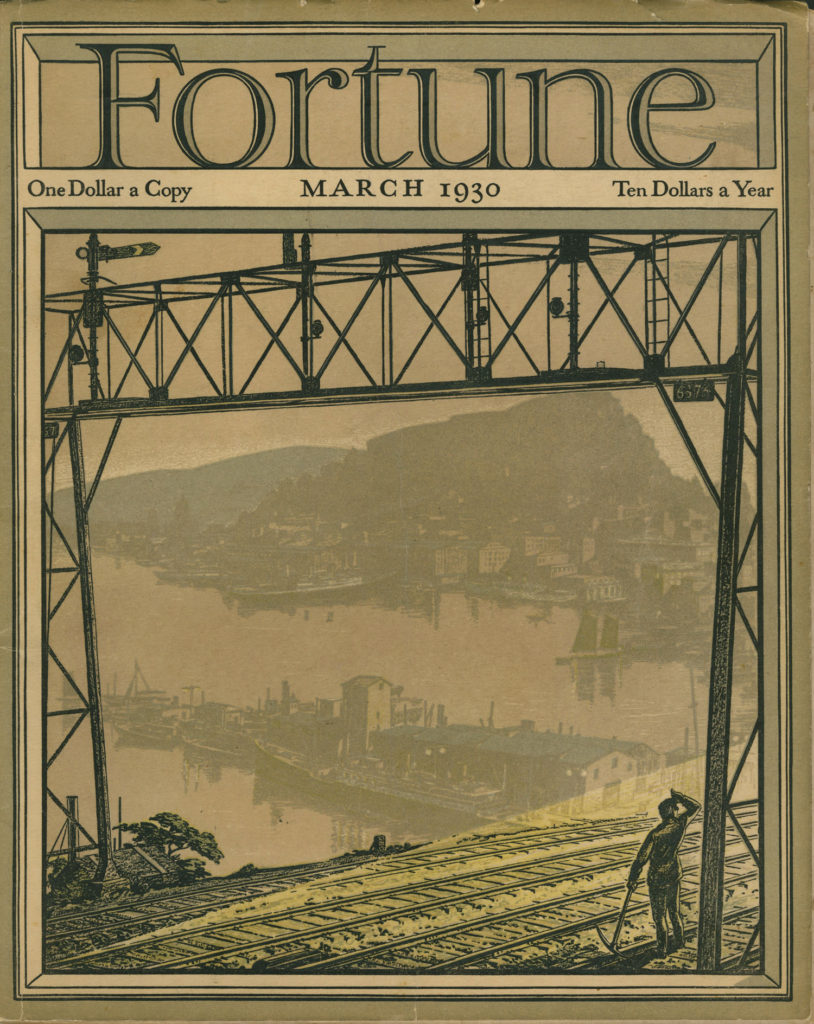Ernest Hemingway’s Work on the Sport, Art and Economics of Bullfighting, Signed



A scarce piece connecting Hemingway with a subject for which he is immortalized
Nobel Prize winning author Ernest Hemingway’s works have made him one of the greatest of American authors. Full of action, that action was matched by his own zest for life and activity, whether deep sea fishing, bullfighting, gambling, or just living day to day.
In the 1920s, Hemingway spent as much time...
Nobel Prize winning author Ernest Hemingway’s works have made him one of the greatest of American authors. Full of action, that action was matched by his own zest for life and activity, whether deep sea fishing, bullfighting, gambling, or just living day to day.
In the 1920s, Hemingway spent as much time as possible in Pamplona in Spain. He saw his first bullfight in 1923. He stayed at the Pension Aguillar because that was where the bullfighters lived, and even competed in amateur bullfighting competitions. Although he never ran with the bulls in Pamplona’s annual San Fermin festival, Hemingway’s 1926 novel “The Sun Also Rises”, turned that fiesta from a local event into an internationally recognized one that attracts around a million visitors each year.
No American is more associated with bullfighting than Hemingway. He believed it was a sport and an art and was interested in the economics of it. The New York Times wrote of him, “The emergence of Mr. Hemingway as an authority on bull-fighting should not be a surprise to any one who has read the passages in “The Sun Also Rises” which touch upon that peculiarly Latin sport. That he is an authority may be conceded, even by those who have never seen a matador, not only from Mr. Hemingway’s statement that he has seen fifteen hundred bulls killed on the field of honor and his acknowledgment of indebtedness to some 2,077 “books and pamphlets in Spanish dealing with or touching on tauromania,” but from the internal evidence of the book itself. One would say that Mr. Hemingway knows bull-fighting at least as well as the specialized sports writer in our own country knows baseball, football, racing or fighting. He knows it so well that on occasion only the introduction of an extremely singular old lady as the author’s interlocutor, a few digressions on death, modern literature and sex life, joined with Mr. Hemingway’s extremely masculine style of writing, save the reader from drowning in a flood of technicalities.”
In March of 1930, Fortune Magazine turned to Hemingway to write a piece on bullfighting. The editor’s note reads, “‘Nobody ever lives their life all the way up except bull-fighters,’ Ernest Hemingway wrote in his 1926 classic The Sun Also Rises. This week, Fortune turns to a feature Hemingway penned for the magazine’s March 1930 issue on the harsh, unforgiving, and, for a select few, immensely lucrative business of bullfighting.”
Document signed, the entire work “Bullfighting, Sport and Industry, March 1930.” Hemingway has signed it and also written “well, well, well.” In a clamshell protective case. This article on Spanish bullfighting became famous and was subsequently republished, but this is its first appearance.

Frame, Display, Preserve
Each frame is custom constructed, using only proper museum archival materials. This includes:The finest frames, tailored to match the document you have chosen. These can period style, antiqued, gilded, wood, etc. Fabric mats, including silk and satin, as well as museum mat board with hand painted bevels. Attachment of the document to the matting to ensure its protection. This "hinging" is done according to archival standards. Protective "glass," or Tru Vue Optium Acrylic glazing, which is shatter resistant, 99% UV protective, and anti-reflective. You benefit from our decades of experience in designing and creating beautiful, compelling, and protective framed historical documents.
Learn more about our Framing Services










































































































